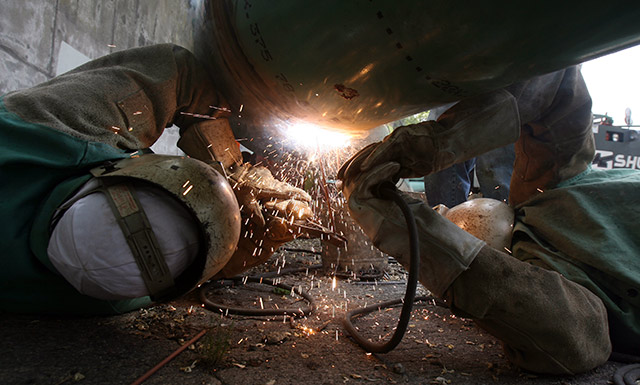A welding inspector is an individual who is responsible for
overseeing
all the activities and duties of the welding staff and
ensuring that
everything is in proper working manner. A welding
inspector’s job is
to make sure that the welders work within the set quality
and deadline
specifications. He is also required to have advanced
knowledge of the
welding procedures and processes so that he can guide his
subordinates
when they are faced with confusion. If you want to know
about the
various job responsibilities of a welding inspector, then
you can go
through the following given part of this article.
A welding inspector is responsible for assigning duties and
tasks to
welding staff so that they can work together as a team and
complete
the given work within the deadline.
A welding inspector must assist the welding staff and
inspect their
working. He/she should help in problem solving whenever
there is
confusion or deadlock in the working process.
It is the job responsibility of a welding inspector to
perform various
kinds of tests on welding machines to ensure that they are
properly
working and are not malfunctioned.
Another job responsibility of a welding inspector is to
ensure that
all the welding related tasks that are being done are as per
safety
regulations and set standards.
It is the job responsibility of a welding inspector to
perform visual
inspections on the welded items which are still in progress
to check
for deformities or scope for improvement.
One of the responsibilities of a welding inspector is to use
stress
equipments so as to put stress over the weld joints.
It is the job responsibility of a welding inspector to
record the
readings of tests so that they can be used in the future for
reference.
Certified welding inspectors work on new building
construction as well
as manufacturing.
Welding inspectors ensure that the work produced by welders
meets
specifications for quality and safety. Certification ensures
that
inspectors have the appropriate skills for determining the
quality of
welds. The inspector performs tests on welds to determine
whether weld
joints can handle stress. The work of welding inspectors
ensures that
construction welds used on building structures and bridges
are safe
for public use.





